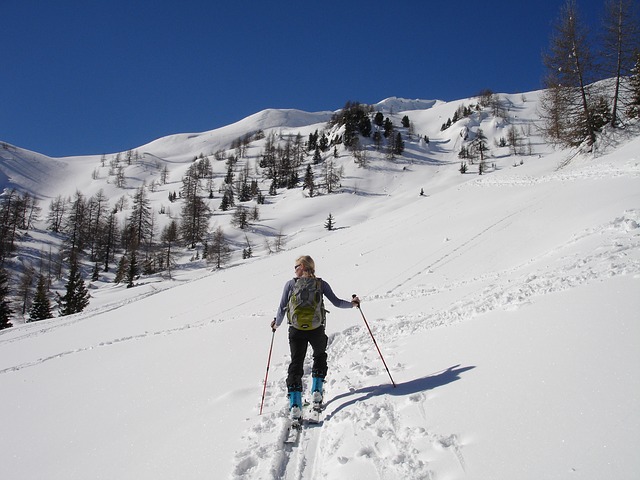OH MY ACHING BODY:
The expression “where there is pain there is stagnation” implies that any time there is pain there is some kind of blockage of flow of qi and blood. Of the many factors that may contribute to orthopedic or pain disorders, weather is one of the most common. When the body is operating optimally, qi and blood are flowing freely we have no muscular or skeletal pain. However, if the flow of qi and/or blood are impaired for any reason the body is more vulnerable to what is termed “external invasions of wind cold and/or damp.” This is why it is fairly common to see arthritis that is aggravated in cold damp weather developing manifesting in joints that have sustained injury in the past. This is called painful obstruction syndrome in the language of Chinese Medicine.
TREATMENTS FOR DEFENSE:
In the winter it is especially important to protect our bodies from these types of invasions. Acupuncture, moxabustion, tui na massage, and qi qong are all important ways to keep qi and blood healthy and flowing properly through the channels. Additionally, these may nourish tendons, ligaments or bones and expel wind cold and damp. If you are injured or suspect that you are developing an arthritic condition make sure to see a practitioner. Chinese medicine is especially good for treating injuries and pain syndromes and it is critical to have these disorders fully resolved before they become chronic.
WHY CHINESE MEDICINE?
One of the strengths of Chinese medicine is the ability to differentiate conditions. This means that no single disorder is given the same treatment, as the causes vary from case to case. For the treatment of pain, this also applies.
Liniments that contain warming herbs will be more effective at treating the condition than bitter, cold herbs. In addition, the treatment should always include heating therapies such as moxabustion or cupping therapy, which are often used in cold obstruction symptoms.
HOW DOES IT AFFECT ME?
Wind is said to affect the neck and cold bi obstruction tends to migrate to the neck and shoulder. The common western diagnosis ‘frozen shoulder’ is a perfect illustration. Torticollis, also known as wry neck, is another example of what would probably fall under the category of cold obstruction syndrome. Commonly both of these conditions include a restriction of movement, which might be the result of ‘cold’ penetrating into the muscle layer.
WAYS TO PREVENT WIND AND COLD BI OBSTRUCTIONS:
- Keep your neck and shoulders covered in windy, cold weather.
- Avoid exposure to windy, cold weather soon after sweating or feeling weak and fatigued.
- Apply a warming liniment to areas that will be exposed to the wind and cold beforehand.
- Apply heat (preferably moxabustion) to areas exposed to the wind and cold.
- Massage to improve the circulation and warm the muscles of the exposed areas.
- Press acupuncture points related to expelling ‘wind’ and ‘cold’ – (ask your acupuncturist to locate these for you).

